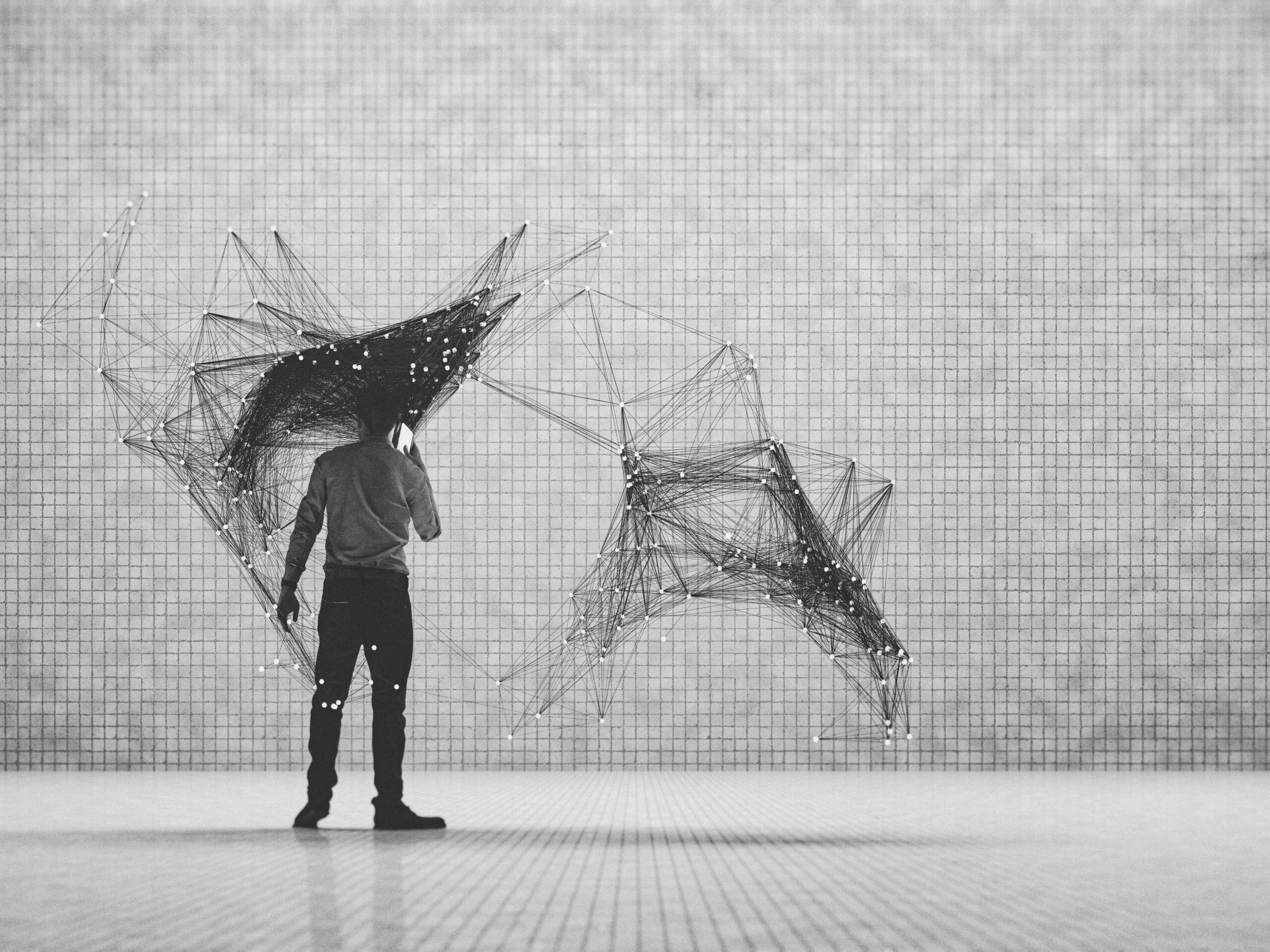Cindy Crawford’s Mole and Graphic Design
-
Discover
-
Featured
What do Brad Pitt, Kate Moss, Kim Kardashian and George Clooney all have in common (apart from being very rich and famous)? Symmetry. They have been scientifically recognized as celebrities with the most symmetrical faces.
Symmetry is Harmony
It’s common knowledge these days that humans tend to be attracted to those who have symmetrical faces. I learned this lesson the hard way as the awkward kid in high school with bad acne and shaggy hair. We are biologically wired to seek out mates with symmetrical bodies, whose left and right sides match. Evolutionary biologists theorize that mates who are symmetrical will be able to raise offspring in a better, safer environment.
Here’s the gist of the theory: cells develop in the body from the same set of instructions (DNA). The left hand and the right hand have the same blueprints. Same for the right and left leg, right and left eye…you get the idea. Any disruption to this development can cause the process to go a bit askew. The left eye may be further from the nose than the right, for example. Fewer disruptions during pregnancy – think malnutrition, cosmic radiation, or having to run from a hungry animal – mean that person’s child will be more symmetrical.
Whether you buy this theory about why humans are attracted to symmetry is not the point. The fact is that as a species we are. It’s not just with people either. Our brains look for symmetry everywhere. Symmetry is balance. It is calm. It means that things are safe. When something is not symmetrical, we take notice because it could mean danger. With so much stimulus occurring, the brain is looking for anomalies to quickly determine what to pay attention to.
Which brings me to my point.
An Exception to the Rule
The first “super model” was Cindy Crawford. She was everywhere in the 80’s and 90’s. But Ms. Crawford had a notable exception to the symmetry rule: her mole. Smack above her left lip is a great big and very noticeable mole. It is anything but symmetrical. Early in her career she tried to conceal it with makeup and turning her cheek to the camera. But eventually it became her calling card. Cindy Crawford was a model. The mole was the super model. She eventually stopped trying to hide it and actually would darken it for photo shoots because it was so popular. People without moles above their lips would actually use eyeliner to make an artificial mole on their face. What happened here? Doesn’t this defy the symmetry rule for beauty? Yes…and no.
Let me explain.
As I mentioned, brains look for symmetry. But when something is not symmetrical, it makes the brain stop and assess the stimulus. It makes the brain take notice. Cindy Crawford is very symmetrical – besides the mole. The brain is attracted to the symmetry, but it takes notice of the mole and the asymmetry. It makes her interesting. Different. Unique.
Think about men with scars on their cheeks. Or messy hair. There is still an underlying symmetrical “attraction,” but there is also something different that makes one take notice.
Let’s apply this symmetry to digital design. Given that humans stop and take pause at asymmetrical things, one might be inclined to make the user experience as lopsided as a boxing match between Mike Tyson and Helen Keller. But this wouldn’t be effective. People would not know how to make sense of the chaos and would ultimately turn away. There needs to still be an underlying symmetrical flow that provides an attractive experience for the user.
The trick is to find your “mole.” If there is something particularly interesting or that you want the user to notice, that is where the asymmetry should be. Make the things that you really want the user to know or do the thing that stands out. Cindy Crawford didn’t cover herself in moles. She had just one, above her lip, and it made her a super model.
So, what’s your mole?
Talk with us
EX Squared is a creative technology agency that creates digital products for real human beings.




